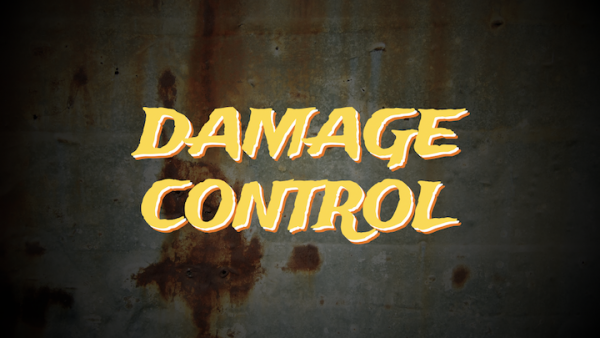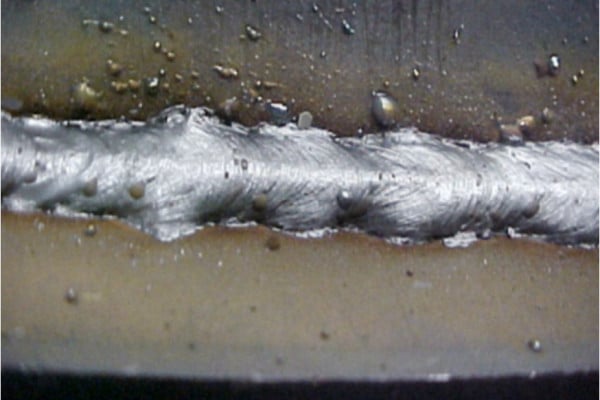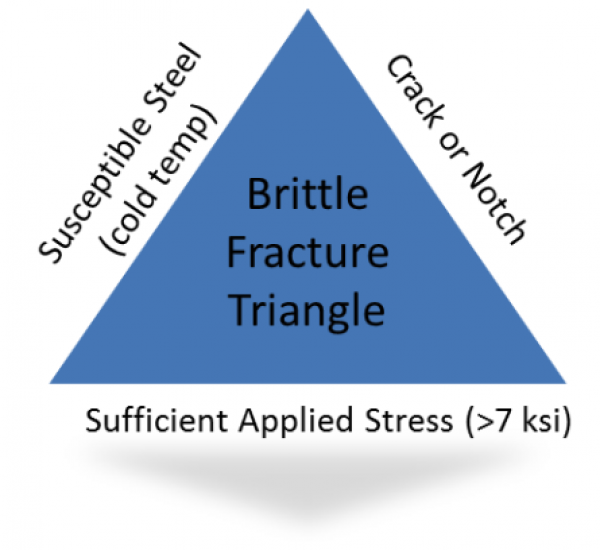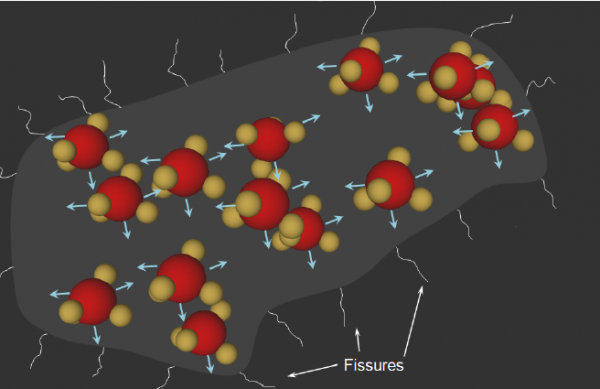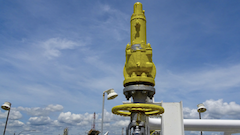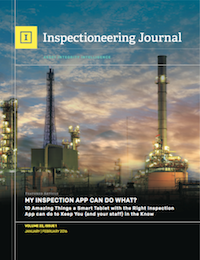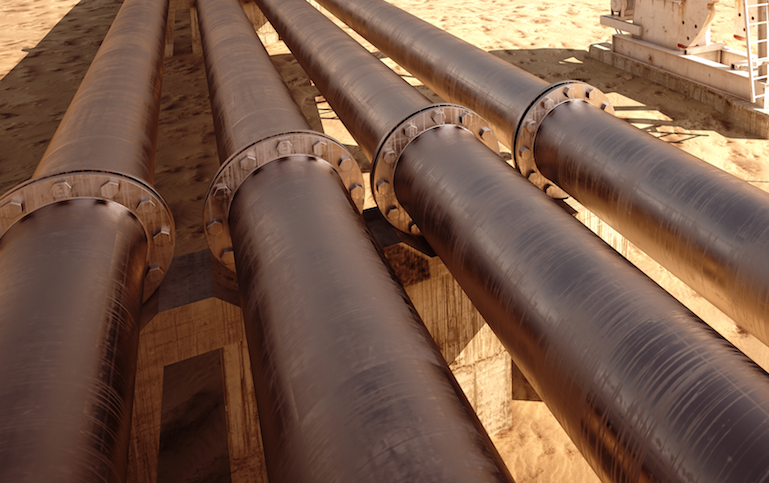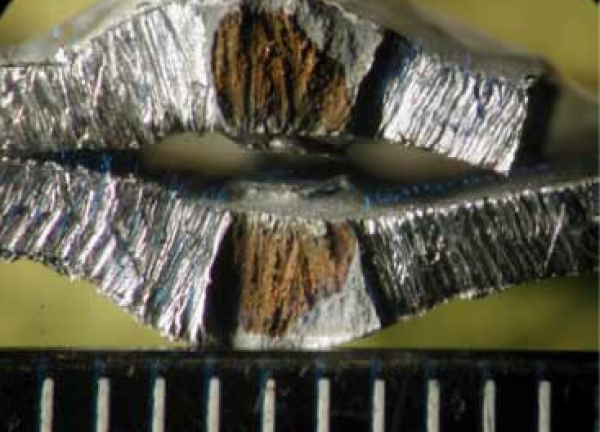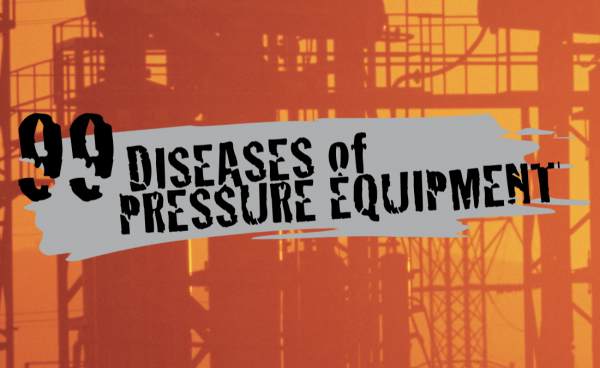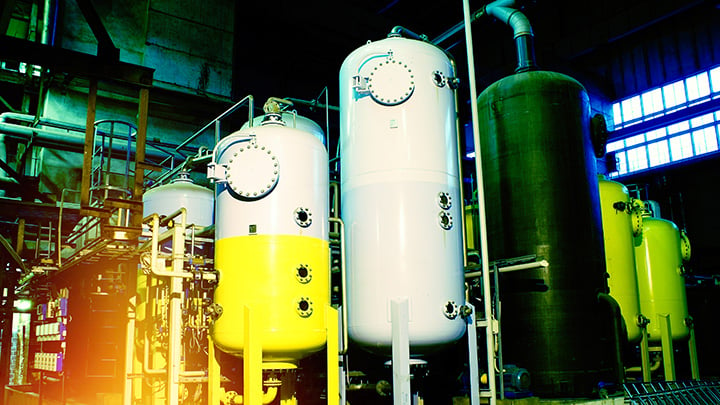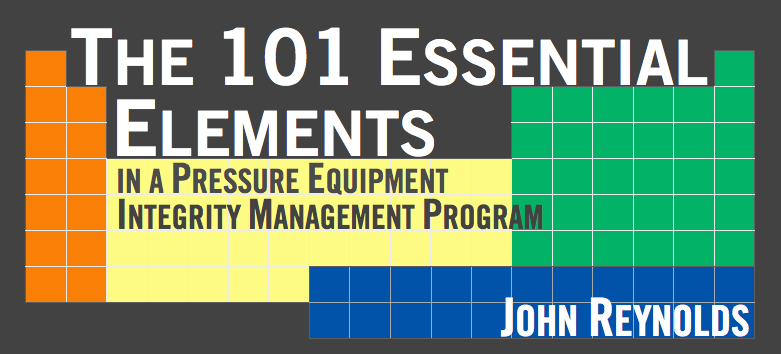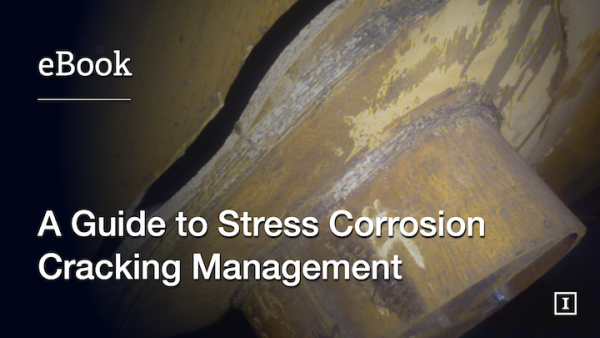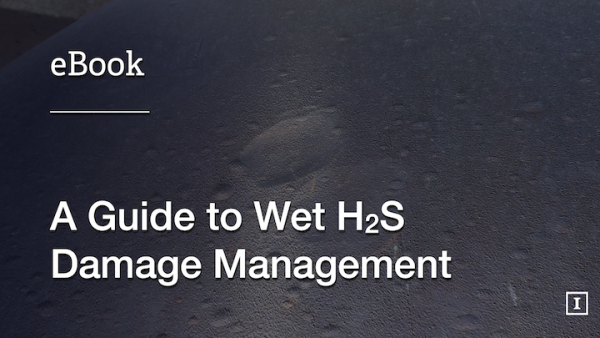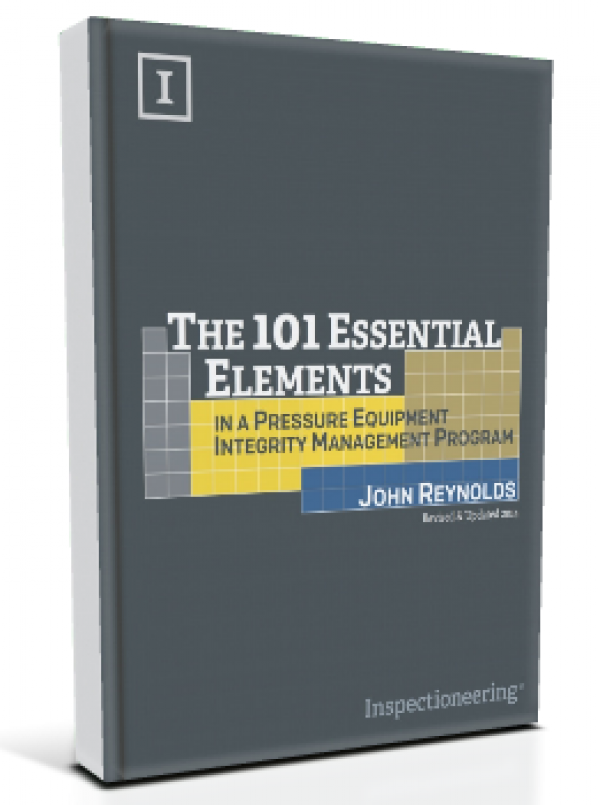Cracking is the the physical response in a material or piece of equipment to excessive exposure to damaging conditions. Cracking is usually caused by stress, although it can be exacerbated by other factors. It should go without saying, that you do not want cracking in your equipment.
There are several different types of cracking that affect fixed equipment in the processing industries. These include, but are not limited to:
- Amine Cracking - a form of stress corrosion cracking that typically occurs on the surface with cracks that are usually radially projected from set-on nozzles.
- External Chloride Stress Corrosion Cracking (ECSCC) - a common form of corrosion under insulation (CUI) that occurs in austenitic stainless steels (300 series SS).
- Weld Heat Affected Zone (HAZ) Cracking - a type of cracking that can cause damage along the toe of a weld and can occur for a wide variety of reasons.
- Carbonate Cracking - a form of alkaline stress corrosion cracking that often occurs more aggressively at higher pH and high concentrations of carbonate solutions.
- Ammonia Stress Corrosion Cracking - a form of stress corrosion cracking that commonly occurs in brass tubes in cooling water service that have been contaminated with ammonia due to biological growths or other contamination.
- Chloride Stress Corrosion Cracking (SCC) - one of the most well known forms of Stress Corrosion Cracking (SCC), this is easily identifiable due to the telltale highly branched spiderweb cracks.
- Wet H2S Cracking - cracking that occurs when carbon-steel equipment becomes exposed to wet H2S service environments. It can occur without warning and can only be detected using advanced inspection methods. Stress-oriented Hydrogen Induced Cracking (SOHIC), is a particularly dangerous form of wet H2S cracking.
- Hydrogen Induced Cracking (HIC) - caused by the blistering of a metal due to a high hydrogen concentration. Once the ductility of the metal has reduced to a significant amount, the metal cracks.
These and other damage mechanisms are covered in greater detail in API RP 571 - Damage Mechanisms Affecting Fixed Equipment in the Refining Industry.
Related Topics
- Brittle Fracture
- Carburization
- Cavitation
- CO2 Corrosion
- Cooling Water Corrosion
- Corrosion Fatigue
- Corrosion Under Insulation (CUI)
- Decarburization
- Embrittlement
- Erosion Corrosion
- Fatigue (Material)
- Flue Gas Dew Point Corrosion
- Graphitization
- Green Rot
- High Temperature Hydrogen Attack (HTHA)
- High-Temperature Creep
- Hydrochloric (HCl) Acid Corrosion
- Hydrofluoric (HF) Acid Corrosion
- Hydrogen Embrittlement
- Hydrogen Stress Cracking
- Liquid Metal Embrittlement (LME)
- Metal Dusting
- Microbiologically Influenced Corrosion (MIC)
- Naphthenic Acid Corrosion (NAC)
- Phosphoric Acid Corrosion
- Pitting Corrosion
- Spheroidization (Softening)
- Stress Assisted Corrosion
- Sulfidation Corrosion
- Sulfuric Acid Corrosion
- Thermal Fatigue
- Vibration-Induced Fatigue
- Wet H2S Damage
Relevant Links
Topic Tools
Share this Topic
Contribute to Definition
We welcome updates to this Integripedia definition from the Inspectioneering community. Click the link below to submit any recommended changes for Inspectioneering's team of editors to review.
Contribute to Definition



